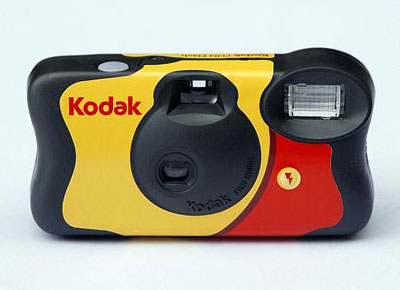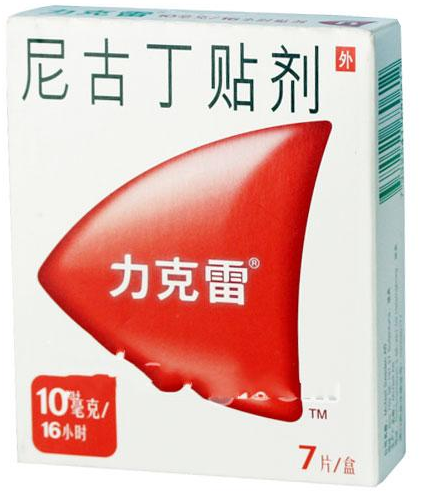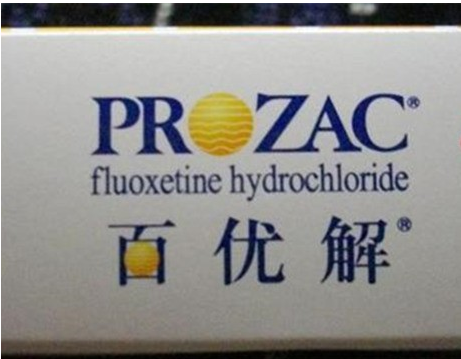Do you remember the 1980s? It was a decade of big hair, neon-bright clothing and consumerism. A new television network called Music Television, or MTV, launched early in the decade and gave rise to the popularity of music videos. By the end of the 1980s, global politics would change forever as the Berlin Wall fell. During the decade, inventors created some cool devices.
10.Disposable Cameras

Like contact lenses, cameras became a disposable commodity in the 1980s. Fujifilm invented the modern disposable camera in 1986 with the Utsurun-Desu, and other major photography companies like Kodak, Canon and Nikon quickly started manufacturing similar products. Buying a camera was no longer a hefty investment: Disposable cameras were cheap and extremely easy to use, perfect for shooting a specific occasion with one roll of film. A built-in flash eventually became the norm for disposable cameras, and some even used a pair of lenses to create a manual zoom.Disposable cameras didn't take over the photography market, but they absolutely cornered the tourism industry. Cheap throwaway cameras were perfect for traveling, easy to use and similarly easy to outfit with plastic cases for underwater shooting.The rise of digital photography spelled an end to the glory days of disposable cameras. With images saved to memory, rather than permanently captured on film, digital cameras introduced infinite re-usability into the camera world. Still, disposable cameras have their place -- they're great party favors, easy for kids to use, and won't set you back hundreds of dollars after an accidental dip in the ocean.
9.Nicotine Patch

Cigarettes are addictive and unhealthy. Who knew? Well, at one point in time, no one did. Smoking was considered glamorous and was accepted everywhere. Movie stars of the 1940s and 1950s smoked cigarettes in every scene. Even in the 1980s, smoking was still very common. But by then, some researchers were trying to figure out why cigarettes were addictive and looking for a way to break the habit.The most successful of those researchers was probably Dr. Murray E. Jarvik, who studied the effects of nicotine in the '60s and '70s and determined it was the addictive ingredient in tobacco. Jarvik and one of his students knew that tobacco harvesters often suffered from "green tobacco illness," a form of nicotine poisoning that resulted from skin contact with tobacco leaves, and began testing the dermal application of nicotine in 1984. And just like that, the nicotine patch was born.Well, almost. Jarvik's discovery led to a 1985 patent request from the University of California, but prescription nicotine patches didn't actually hit store shelves until 1992. A few years later, nicotine patches were available over the counter without a prescription, and ever since then, they've been helping smokers stamp out their cigarette habits.
8.Prozac

Prescription drugs always come with a long, concerning list of side effects, and Prozac is no exception. That doesn't change the fact that Prozac, aka Fluoxetine, has helped millions of people deal with clinical depression since it first became available as a prescription medication in 1987. Fluoxetine's potential as a selective serotonin reuptake inhibitor was actually discovered in the 1970s, but the FDA didn't give the drug the go-ahead for an entire decade.Fluoxetine was discovered and patented by Eli Lilly and Company in the 1970s; after the FDA approved the drug in 1987, they began marketing it under the name Prozac. The drug became a successful and popular treatment for depression and obsessive compulsive disorder, allowing the brand name "Prozac" to become synonymous with antidepressants in the 1990s.Despite being so well-known, Prozac isn't the most-prescribed antidepressant in medicine: In the U.S., Sertraline and Citalopram are in higher demand than Fluoxetine. Even those suffering from depression who aren't prescribed Prozac may have benefited from the drug: The patent wore off in 2001, allowing generic Prozac alternatives to hit the market.
审稿:省略珺 校对:CMX 来源:前十网












